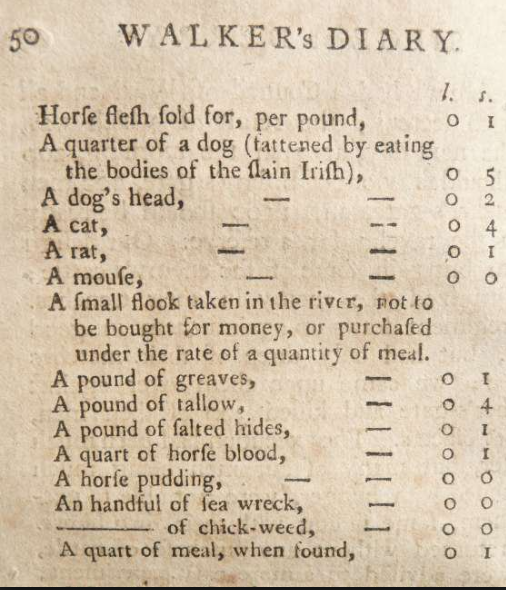Crime & Punishment in the 18th century
CRIME & PUNISHMENT IN THE EIGHTEEENTH CENTURY
There is something exciting about reading through old newspapers - one gets a sense of a place and time long since gone - and also occassionally one comes across something that simply takes your breath away. This is especially the case when one reads through old court proceedings or sentences given at the local assizes. Times were much stricter. People were executed by hanging for commiting burglary, robbery, horse-stealing and other similar offences.
In 1779 one William Blacker was convicted in Co Tyrone of burning down the house of James Heathers near Moy and was hanged and beheaded at Omagh for his crimes (LD Journal 9 April 1779). The following year in Sligo Robert Bunton and Michael Rorke were both found guilty of the murder of James McGaurian and both were hanged and quartered (LD Journal 23 March 1780). A Mrs O'Neill was found guilty of an unspecfied offence at the Lifford Assizes August 1774 but was with child and would not be hanged until the baby was born (LD Journal 26 Aug 1774). At the Antrim assizes in the following month Mary Adair of Lady Hull near Antrim was to be burned for poisoning her husband.
At the Londonderry assizes of March 1780 David Miller for housebreaking and kidnapping was to be executed on May 6th. William Dinsmore conviced at the LD assizes in March 1774 of stealing cows and to be executed only to learn at the next assizes he received a reprieve and was to be transported instead of executed (LD Journal 3 May 1774). Transportation was a common punishment but rarely do the newspapers mention the place where the convicted were to be sent.
Other physical punishments were imposed on those convicted of lesser offences. At the Monaghan assizes September 1777 Bryan Connolly was to be whipped for felony and Elinor Smyth was to be privately whipped for the same offence presumably on account of her sex. Felons were also pillored an ancient form of punishment.
I was surprised to read that in some cases the convicted were branded by burning iron. At the Dublin assizes John Robinson was to be burned on the hand for manslaughter and likewise John Maxwell (LD Journal 1 Aug 1772).
At the Derry assizes of 1780 Anthony Dougherty was given a choice of punishment being convicted of theft he could either serve 3 years in prison or join the naval service, perhaps a lack of recruitment to the latter was the driving force for this innovative punishment. Other odd occurences included a woman and her daughter being put in the Cage for theft (LD Journal 27 april 1773) and a woman was sent to the house of correction for pickpocketing in 1773 (LD Journal 23 July 1777).
Houghers and chalkers - the knife in revolutionary Ireland in the late 18th century.
Houghers were agrarian agitators who attacked and mutilated livestock with knives and threatened landlords the forerunners of the Whiteboys. Chalking was a politically motivated crime attacking military personell. Chalkers were known for the cutting of soldiers across the hands and face. As a result the Irish government introduced the Chalking Act in the 1770s. Described as an Act to prevent malicious cutting and wounding and to punish offenders called chalkers by execution. At the Lifford assizes of April 1775 Patrick McBride was to be executed for the crime of chalking (LD Journal 14 April 1775).
Newspapers are a useful source for shining a light into the recesses of a past long since disappeared.




Comments
Post a Comment